混合制冷剂J-T循环热力学性能研究毕业论文
2020-02-19 09:11:13
摘 要
J-T循环简单而紧凑,能够低温制冷。使用混合工质/制冷剂(MR)具有较强的制冷能力。本文建立了MR热力学理想循环模型,以研究其参数工作特性,确定最佳MR组成。本文主要内容如下:
(1)以图形方式将参数研究的结果呈现在等高线图上,其中参数空间是换热器中干度的极限(即,换热器中各地方的最低和最高干度)。
(2)以图像轮廓显示标准化制冷功率的恒定值。通过图像显示MR组成对循环性能的影响用于选择高冷却负荷的MR,同时将回热器限制在增强的传热区域中。
(3)以循环图显示在增强的传热区域中最大可能减少的冷却负荷。指定了一条设计线,用于识别给定干度约束条件下具有最高热力学冷却负荷的所有混合物。沿着这条线识别的MR可以用作实验测试的初始起点。使用不同的模型输入参数测试模型和绘图技术,以确保它对所有周期都有效。
另外,本文描述了用于确定最佳组分数量的方法。改进绘图技术以为具有最大COP的循环提供最佳混合。最后,修改模型以考虑换热器中的压降,并且绘图方法也用于确定该情况下的最佳混合物。
关键词:混合制冷剂;J-T循环;热力学;理想循环;最佳混合物
Abstract
A J-T cycle is simple and compact to provide a low temperature cooling load, where mixedworking fluids/refrigerants (MR) may be utilized to significantly improve its cooling capacity. For determination of the optimal MR composition, a thermodynamically ideal model was established to perform the parametric study. The primary contents are listed as follows:
1).The results of the parametric study are graphically presented on a contour plot with the parameter space being the limits of quality in the recuperator (i.e., lowest and highest quality anywhere in the recuperator).
2).The contours show constant values of the normalized refrigeration power. This ‘map’ shows the effect of MR composition on the cycle performance and it can be used to select the MR that provides a high cooling load while also constraining the recuperator to be in the enhanced heat transfer region.
3).The cycle map shows that the cost of operating in the enhanced heat transfer region is a reduction in the maximum possible cooling load. A design line is specified that identifies all mixtures that have the highest thermodynamic cooling load for a given quality constraint. The MRs identified along this line can be used as the initial starting point for experimental testing. The model and plotting technique is tested with different model input parameters to ensure it is valid for all cycles.
Additionally, a method for determining the optimal number of components is described. The plotting technique is modified to provide the optimal mixture for a cycle operating with the maximum COP. Finally, the model is modified to consider the pressure drop in the recuperator, and the plotting method is used to determine the optimal mixture in that case as well.
Keywords:Mixed refrigerant; J-T cycle; thermodynamically ideal cycle; optimal mixture
符号对照表
符号 | 描述 | 单位 |
a1 | J-T效应曲线拟合参数 | |
a2 | J-T效应曲线拟合参数 | |
AHP | 换热器高压侧对流面积 | m2 |
ALP | 换热器低压侧的对流区域 | m2 |
ACS | 换热器传导的横截面积 | m2 |
C | 间隙体积分数 | |
CP | 恒压比热容 | kJ/(kgK) |
CV | 恒定体积比热容 | kJ/(kgK) |
| 在恒定焓下相对于压力的温度变化 | k/kPa |
hC,i | 节点i处冷流的焓 | kJ/kg |
hf | 饱和液焓 | kJ/kg |
hg | 饱和蒸气焓 | kJ/kg |
hH,i | 节点i处热流的焓 | kJ/kg |
h̅HP | 高压流的对流换热系数 | W/(m2K) |
hi | 节点i处的焓 | kJ/kg |
h̅LP | 低压流的对流传热系数 | W/(m2K) |
htc | 对流换热系数 | W/(m2K) |
k | 比热比 | |
kh | 换热器导电率 | W/(mK) |
Lc | 传导长度 | m |
ṁ | 质量流量 | kg/s |
Pdischarge | 排气压力 | kPa |
Phigh | 回热器高压 | kPa |
Pi | 节点i处的压力 | kPa |
Psuction | 吸入压力 | kPa |
| 后冷器传热率 | kW |
| 冷负荷 | kW |
| 冷却负荷按位移率归一化 | kW/(m3/s) |
| 由位移速率和最大冷负荷归一化的冷负荷 | |
| 回热器的传热率 | kW |
Q rec | 换热器中的比热传递 | kJ/kg |
| 再热器的传热率 | kW |
RPM | 压缩机转速 | rpm |
ΔTapp | 趋近温差 | K |
TC,i | 节点i处的冷流温度 | K |
TH,i | 节点i(K)处的热流温度 | |
Ti | 节点i处的温度 | K |
UA | 电导率 | W/K |
Vclear | 压缩机间隙容积 | m3 |
Vdis | 压缩机排量 | m3 |
| 压缩机排量率 | m3/s |
vsuc | 压缩机吸气比容 | m3/kg |
Vswep | 压缩机扫气量 | m3 |
| 压缩机功 | kW |
xavg | 平均干度 | |
xcs | 过冷MR的干度 | |
xsh | 过热MR的干度 | |
ΔP | 压差 | kPa |
ovl | 容积效率 |
目录
摘要 I
Abstract II
第1章 绪论 1
1.1 引言 1
1.2目的 5
第2章 部件模型 6
2.1 部件建模分析 6
2.2压缩机模型 7
2.3冷头模型 8
2.3.1 换热器模型 8
2.3.2 校正表 11
2.3.3 干度计算 13
2.4 插值误差 14
第3章 参数分析与绘图 16
3.1 参数分析 16
3.2 绘制图像 17
3.3 插值数据点 25
3.4 误差分析 28
第4章 建立模型 32
4.1 建模分析 32
以上是毕业论文大纲或资料介绍,该课题完整毕业论文、开题报告、任务书、程序设计、图纸设计等资料请添加微信获取,微信号:bysjorg。
相关图片展示:
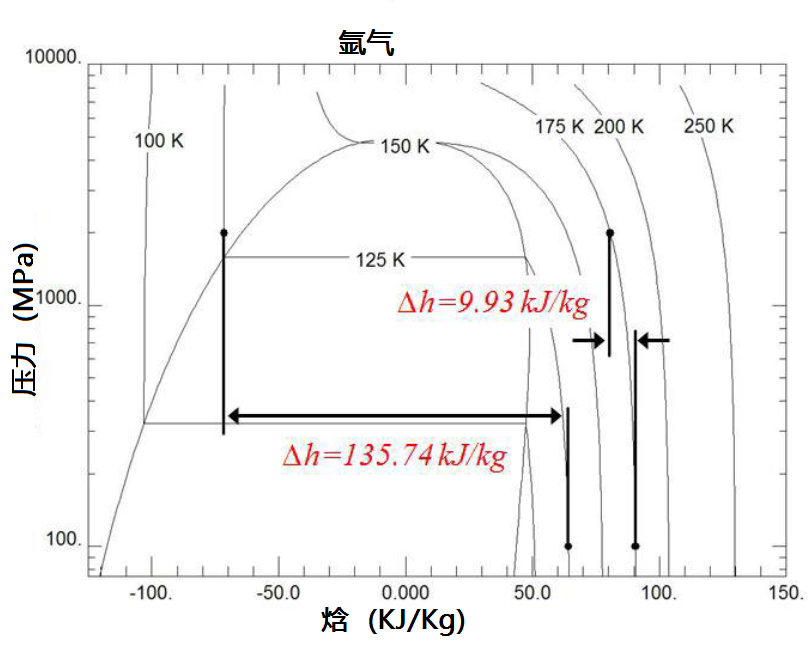
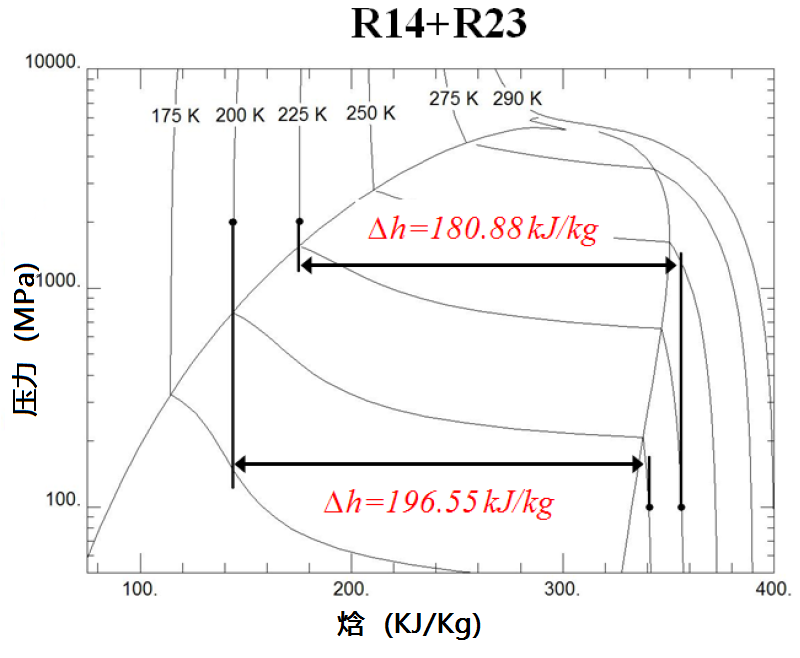
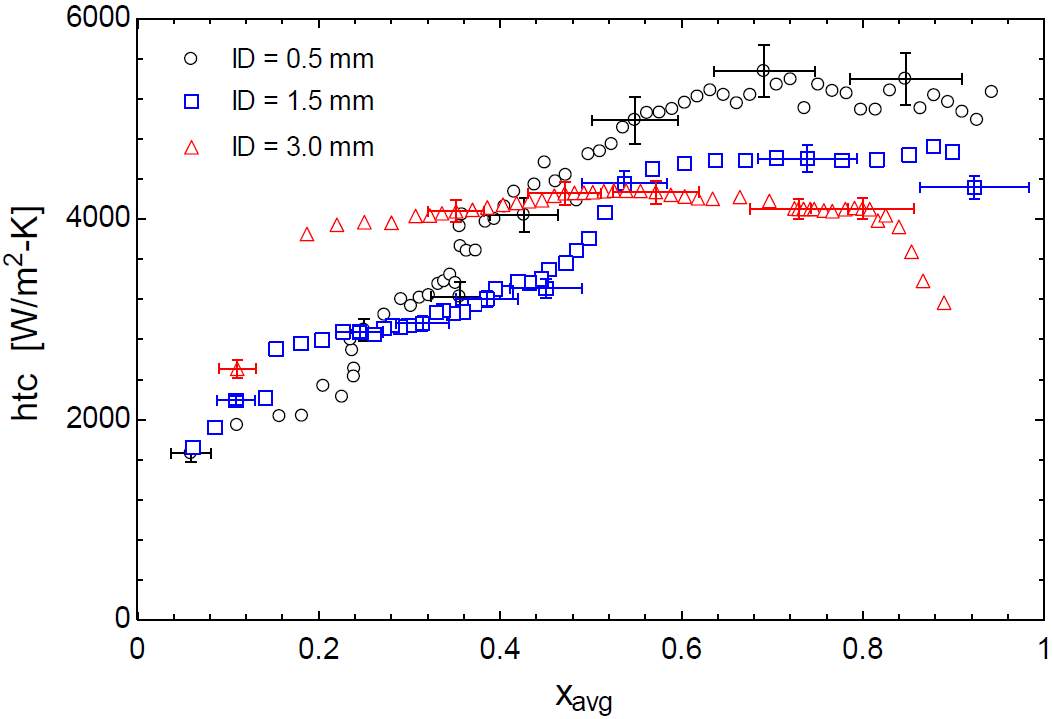
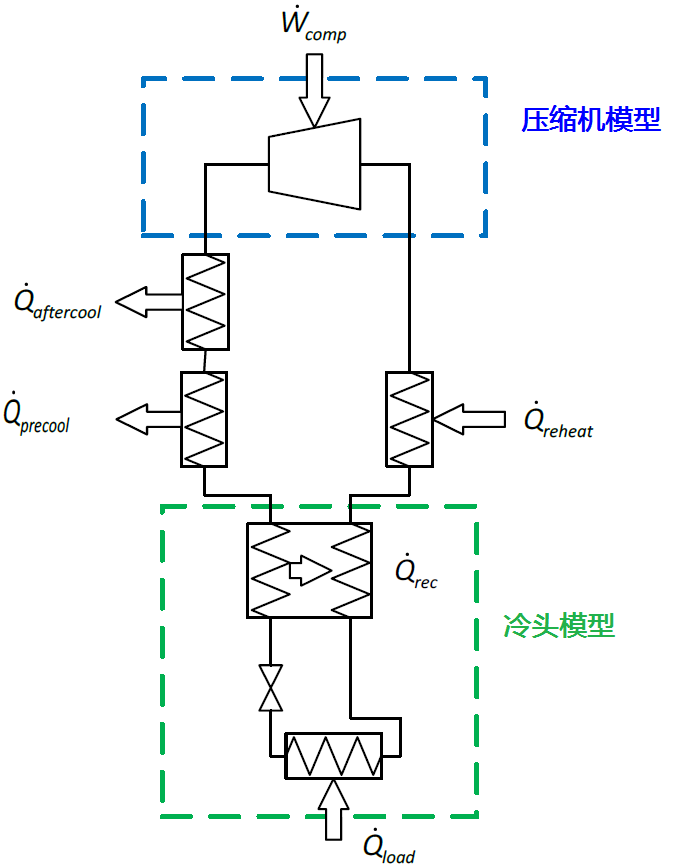
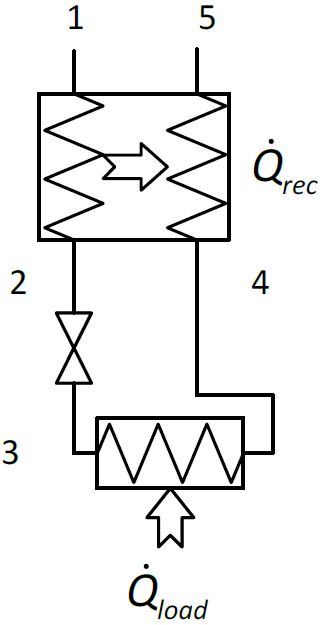
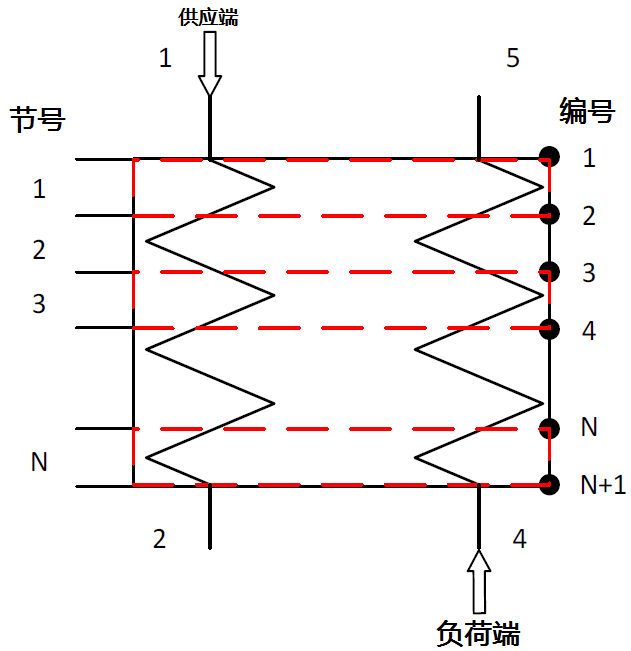
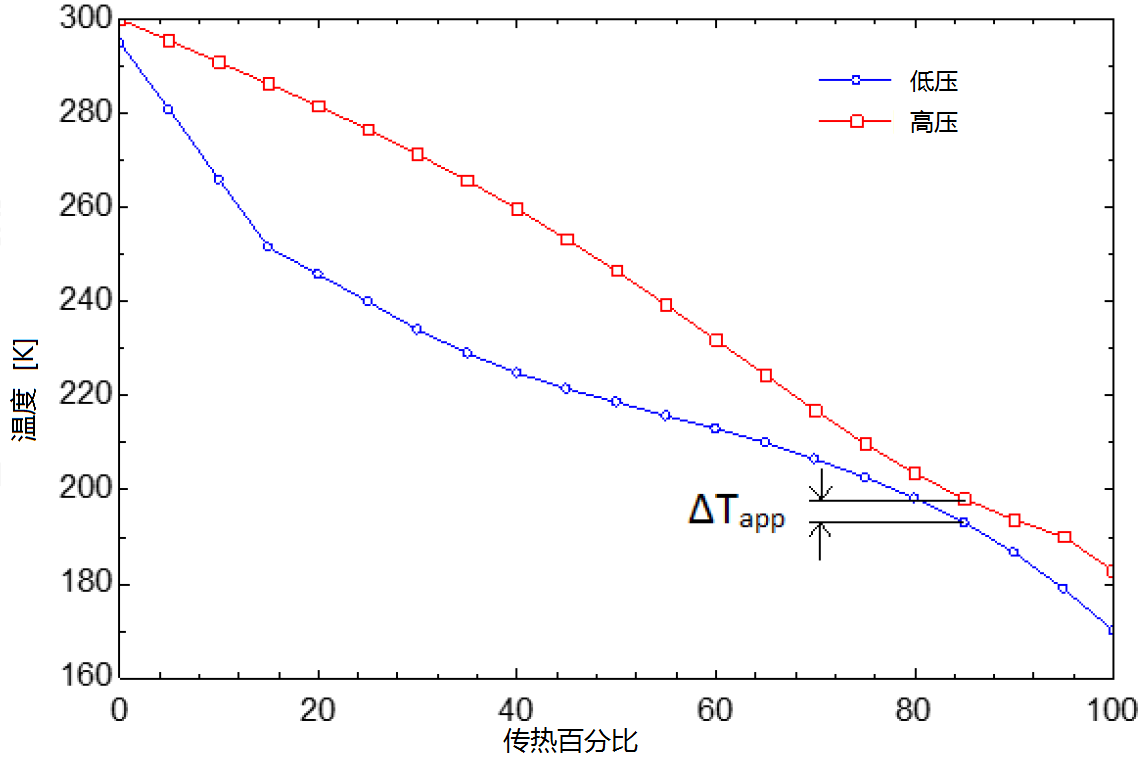

![C:\Users\Administrator\AppData\Roaming\Tencent\Users\337212683\QQ\WinTemp\RichOle\2_~G7FT)`$705D]EBP6E2]L.png](http://www.biyelunwen.org/wp-content/uploads/2020/02/lw4739_20202199114813.png)
![C:\Users\Administrator\AppData\Roaming\Tencent\Users\337212683\QQ\WinTemp\RichOle\0MGV[[V%1]PI9J6K3R8XJU3.png](http://www.biyelunwen.org/wp-content/uploads/2020/02/lw4739_20202199114881.png) aftercool
aftercool displace
displace comp
comp


